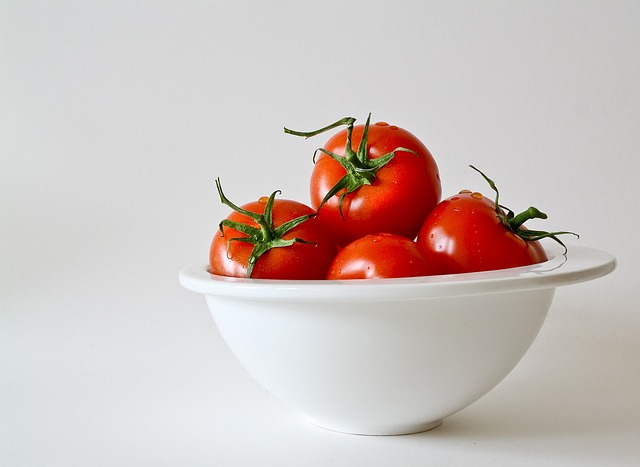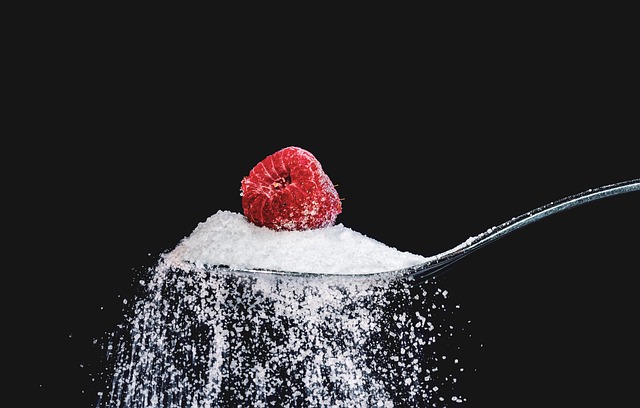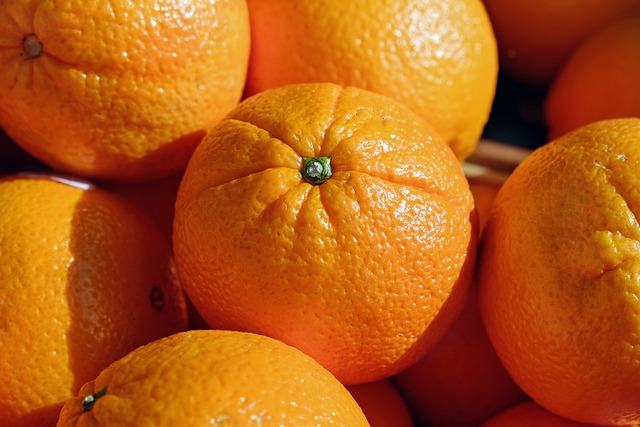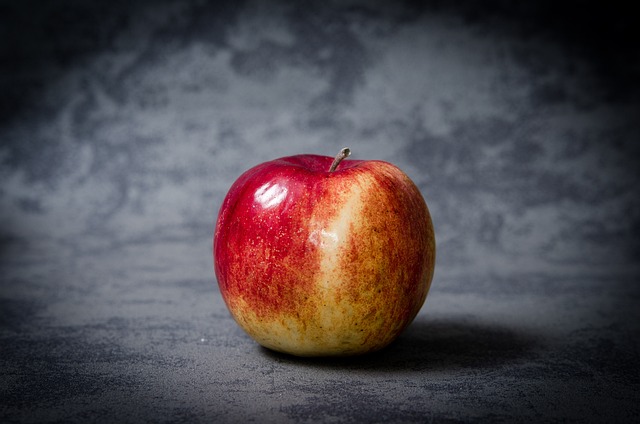Beyond Yogurt: Surprising Sources of Probiotics You Need to Try Today
In recent years, probiotics have gained significant attention for their numerous health benefits. Probiotics are live bacteria and yeasts that are good for your digestive system. While yogurt is the most well-known source of probiotics, there are many other delicious and unexpected sources that can enhance your gut health. In this article, we will explore some of these surprising sources of probiotics that you need to try today.
Sauerkraut
Sauerkraut is a traditional fermented cabbage dish that originated in Germany. It is rich in probiotics, vitamins C and K, and fiber. This tangy and crunchy condiment is made by finely shredding cabbage and fermenting it with salt. During the fermentation process, healthy bacteria, such as Lactobacillus, convert the natural sugars in cabbage into lactic acid. This process not only gives sauerkraut its distinct flavor but also increases its probiotic content. Make sure to choose unpasteurized sauerkraut to reap the full benefits of the bacteria. Incorporate sauerkraut into your meals as a side dish or a topping for hot dogs and sandwiches.
Kefir
Kefir is a fermented milk beverage that has a similar taste to yogurt but a thinner consistency. This probiotic-rich drink is made by adding kefir grains, a combination of bacteria and yeast, to milk. The fermentation process produces a tart and slightly effervescent beverage packed with beneficial bacteria. Kefir is not only a great source of probiotics but also rich in calcium and protein. You can enjoy kefir on its own or use it as a base for smoothies, salad dressings, or overnight oats.
Kimchi
Kimchi is a traditional Korean dish made from fermented vegetables, primarily cabbage and radishes. It is seasoned with a variety of spices, including garlic, ginger, and chili pepper. Kimchi is not only incredibly flavorful but also loaded with probiotics and essential nutrients. The fermentation process gives kimchi its characteristic tang and enhances its probiotic content. Incorporate kimchi into your diet as a side dish, add it to stir-fries, or use it to top off your favorite dishes for a spicy kick.
Miso
Miso is a traditional Japanese seasoning made by fermenting soybeans, rice, and salt with a specific fungus called koji. This fermentation process can take months or even years, resulting in a rich and savory paste. Miso is commonly used in soups, marinades, and sauces, adding depth and umami flavor to dishes. Besides enhancing taste, miso provides beneficial bacteria to support gut health. You can experiment with different types of miso, such as white, yellow, and red miso, to discover your preferred flavor profile.
Tempeh
Tempeh is a popular plant-based protein source made from fermented soybeans. Originating from Indonesia, tempeh has a firm texture and a nutty flavor. During the fermentation process, friendly bacteria, known as Rhizopus oligosporus, break down the soybeans and make them more digestible. This fermentation also increases the probiotic content of tempeh. Besides being an excellent source of probiotics, tempeh is high in protein, fiber, and various minerals. Incorporate tempeh into stir-fries, sandwiches, or grill it for a tasty and nutritious meal.
Kombucha
Kombucha is a fermented tea beverage that has gained popularity in recent years. It is made by fermenting sweetened black or green tea with a culture of bacteria and yeast known as SCOBY (Symbiotic Culture of Bacteria and Yeast). This fermentation process converts the sugar into organic acids and carbonation, resulting in a tangy and fizzy drink. Kombucha is not only a refreshing alternative to sugary beverages but also a great source of probiotics. Purchase commercially available kombucha or try making your own flavor variations at home.
Conclusion
While yogurt is often the go-to choice for probiotics, it’s important to diversify your sources to reap all the benefits. Incorporating







